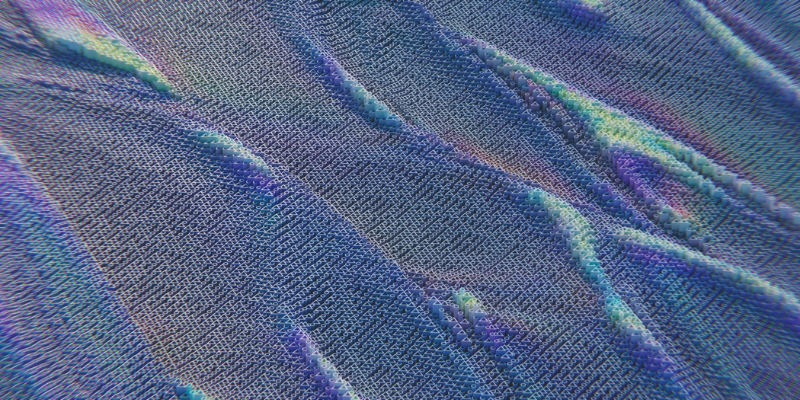
Chemical vapor deposition of polymers for sustainable, biomedical and energy applications
Prof. Dr. Ranjita Bose, Reichsuniversität Groningen
Chemical vapor deposition (CVD) is a well-known technique for the synthesis of inorganic coatings and thin films. Milder variants, such as initiated CVD (iCVD) and oxidative CVD (oCVD), enable the synthesis of organic polymers. In these processes, a monomer and an initiator or oxidant are introduced into a vacuum reactor in the vapor phase, leading to a solvent-free, one-step, surface polymerization. These techniques deposit polymer films on delicate or porous substrates, ensuring high coating conformality.
We have used iCVD to develop materials with tunable and gradient mechanical stiffness. Bifunctional monomers like allyl methacrylate enable thermal radical initiation while preserving one functionality for UV crosslinking, creating stiffness gradients. This makes the materials suitable for implantable scaffolds requiring tunable mechanical properties. We also explore sustainable applications such as using bio-based monomers and recyclable adhesives.
Additionally, we synthesized polypyrrole using oCVD, integrating polymer synthesis, doping, and film formation in a single step. By optimizing deposition temperature, reactor pressure, and oxidant-to-monomer ratio, we achieved homogeneous polypyrrole films high conductivity of 180 S cm⁻¹ for a solvent-free method. These polymers were applied to sensors and energy storage. For piezoresistive strain sensors, polypyrrole was coated onto flexible, porous substrates like electrospun fiber mats, phase-separated hydrogel membranes, and 3D-printed lattices, allowing tunable mechanical and electrical properties. Results on strain sensing behavior, gauge factors, and cyclic stability will be presented. For electrochemical energy storage, polypyrrole was coated on a carbon fiber mat and characterized via cyclic voltammetry, galvanostatic charge-discharge, and thermal stability tests.
Additional Details
Seminar Room -
